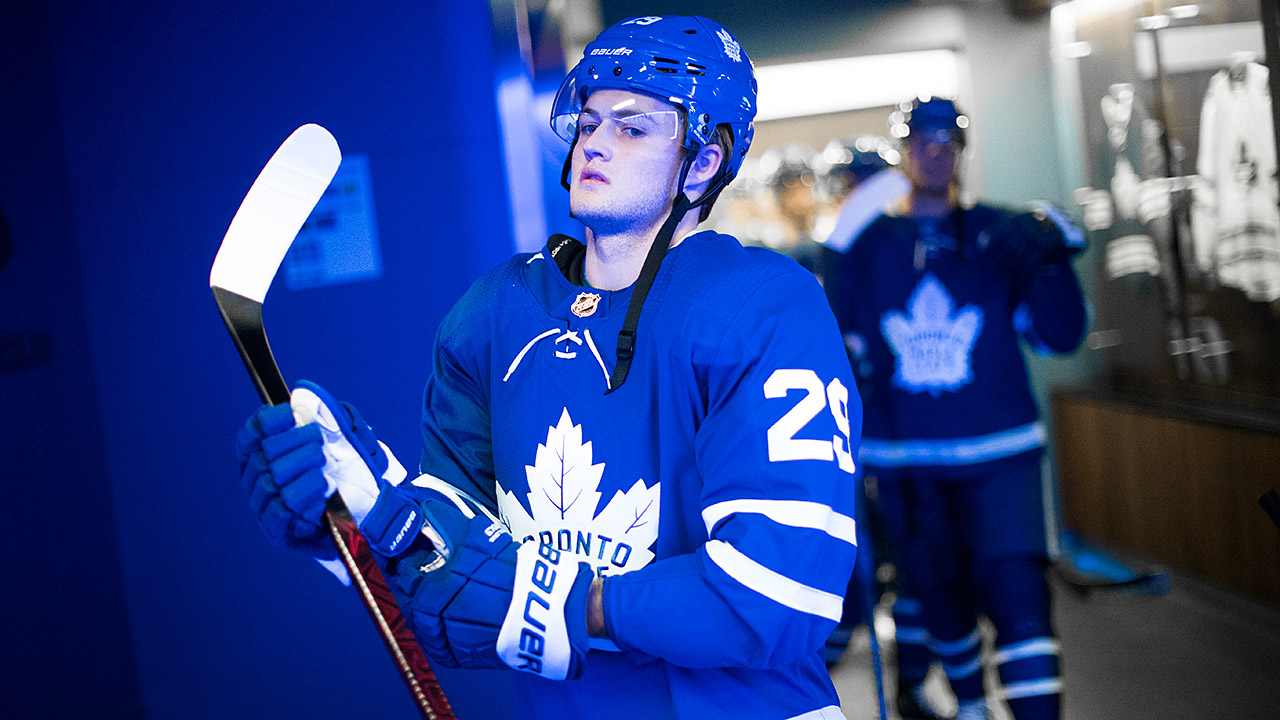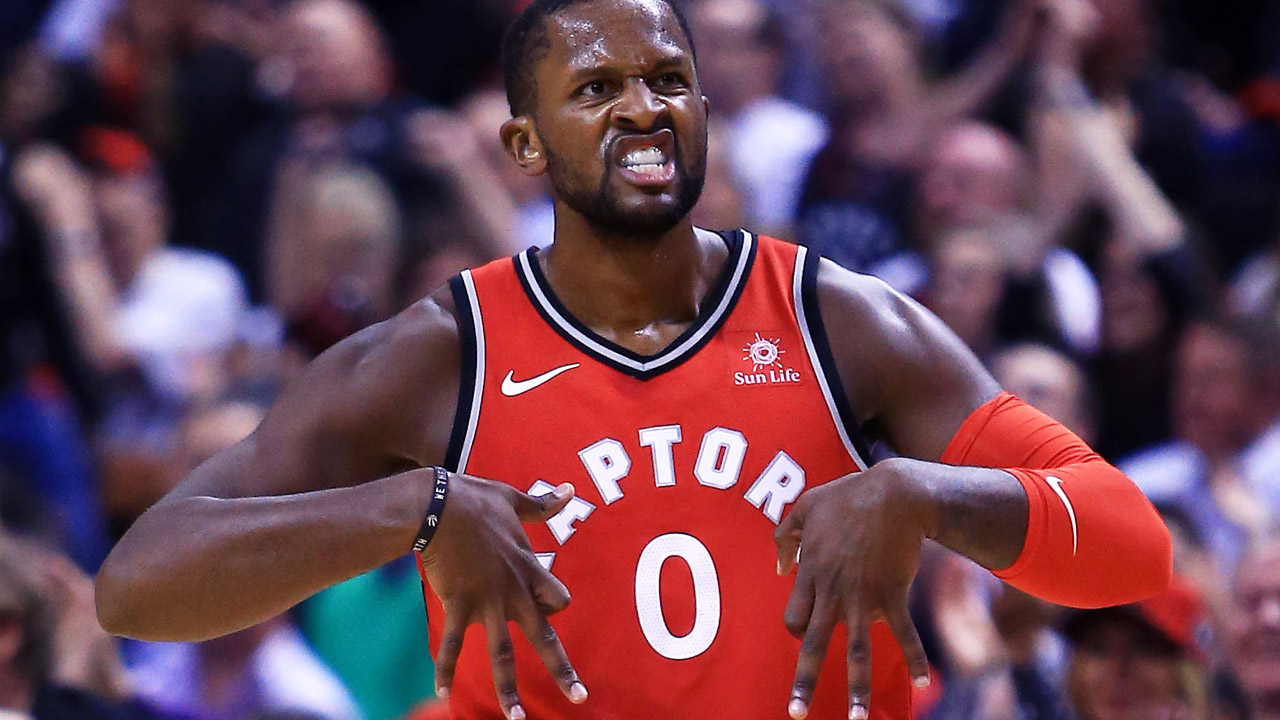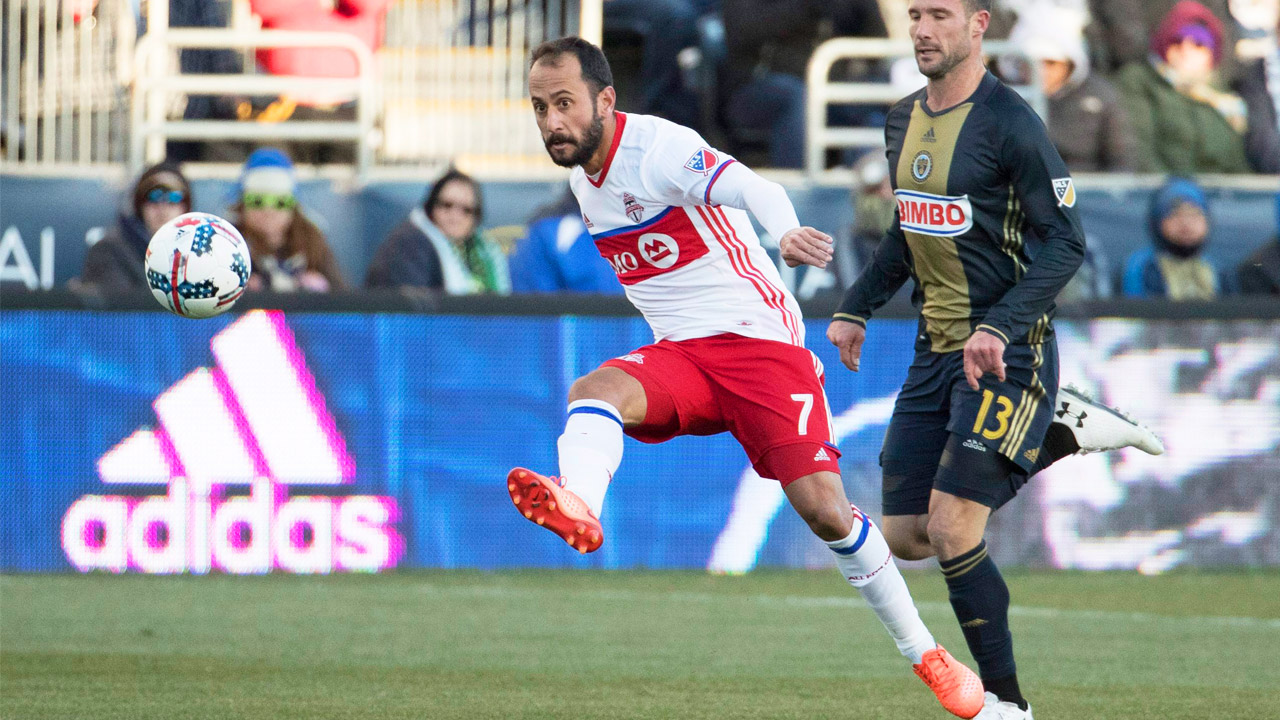The season was only weeks old, what they call a small sample, especially when events don’t match expectations. Still, it stood out as an anomaly. Not the fact that Steven Stamkos was leading the league in scoring. The last time he played 82 games, he had racked up 72 points, just a point outside the NHL’s top 10, and his 43 goals had landed him second only to Alexander Ovechkin. So, this wasn’t a third-liner leading the league in the first month of the season. And you expected some noise from the Gulf Coast when hostilities restarted this fall: The Lightning were many people’s pick to win the Stanley Cup last season but wound up missing the playoffs, which you could fairly attribute to a plague of injuries. If Stamkos had been around for more than 17 games, it would surely have played out differently. He and the Lightning were ready and rested and motivated to make up for that lost season.
No, it wasn’t that Stamkos was leading the league in scoring. It was the way he was racking up points that jumped out. In his first eight seasons in the league only once did he register more assists than goals, and in that campaign, 2010-11, helpers won out by one thin point (45 goals, 46 assists). It’s not that Stamkos is a one-dimensional player at all, but you think of him as one of the game’s great finishers, master of the one-timer. And yet, 10 games into the 2017-18 season, Stamkos was the early Art Ross leader with an almost unimaginable line: three goals and 17 assists.
Okay, again, I’ll grant you that 10 games is a small window. We’re used to seeing players catch fire for a stretch or slump. The same goes for their teams. But here was a player whose game was at its highest level who also seemed like he’d become an entirely different player. Stamkos’s stats have taken a turn in the past 10 days. His goal in a win over Columbus Saturday night was his fourth in five games, and he added just one helper in those contests. His stat line now looks less dramatically out of its normal balance. Yet three of those four goals came on the power play — only twice this season has he scored at even strength. So, while it’s not like he’s completely eschewed scoring, not like he’s taken a vow of charity over everything else. But it looks for all the world like Stamkos has transitioned from sniper to set-up man, seemingly over a single summer.
It’s one thing for an NHL star’s game to evolve over time. We saw it, in fact, with the Lightning’s GM, Steve Yzerman, back in his playing days. At age 23, he was a 65-goal scorer on a .500 team. By the time he hit his 30s, he was a two-way centre scoring 20 goals or so, drawing Selke Trophy votes and raising Stanley Cups. Still, in contrast to the switch in Stamkos’s game, Yzerman’s metamorphosis played out over seasons.

Night-and-day changes? Well, they might happen at the elite level, but the only one that comes to this ravaged mind is Stan Mikita, who went from a couple of seasons with more than 140 penalty minutes to the Lady Byng Trophy, along with the Hart and Art Ross. Mikita’s second phase, though, seems a matter of mindset more than skill set.
There might be other comparables to Stamkos, but they’re easier to come up with if you venture into other arenas. Look at the NBA. In his time with the 76ers, Wilt Chamberlain set every single-game and single-season scoring record imaginable, averaging more than 50 points a game and famously putting up 100 one night in Hershey, Pa. Yet, with the Lakers late in his career, Chamberlain led the NBA in assists.
Steven Stamkos as the NHL’s assists leader this season — maybe it’s not so dramatic a shift as Wilt’s but if you bet on that proposition in Vegas before puck drop, I extend my heartiest congratulations and I am accepting donations.
Despite the swing in his numbers, Stamkos downplays the notion that he has remade his game. “I’ve been asked that question a lot lately,” he said on Prime Time Sports on Wednesday. “I haven’t really changed much.” Elite players don’t have just one style of play, they have all kinds of arrows in their quiver. Like actors who can do Shakespeare and rom-coms. Like boxers who can come forward and brawl or counterpunch. The very best players have at their disposal many different approaches to the game. Yzerman was a case in point. The interesting question isn’t whether Stamkos has changed. No, it’s whether this is a new Stamkos or an old one resurgent.

I have been a Stamkos watcher from his days as a 16-year-old with the OHL’s Sarnia Sting. In fact, I remember signing a copy of a book I wrote about Sidney Crosby’s junior days in Rimouski that was gifted to Stamkos for his 15th birthday. And I will admit to this at the risk of ridicule: Going into the 2008 draft, I thought that he’d be a first-line centre, a franchise player and a potential First- or Second-Team All-Star, but I did not see him being a sniper in the NHL. I did not see him as the owner of a one-timer in the Brett Hull template.
Combing my memory banks and notes, what sticks out for me was that when I asked him about his favourite player, Stamkos, at 16, told me it was Yzerman. He wasn’t really old enough to remember the 65-goal version of Stevie Y. As a kid, he would have seen Yzerman in the late ’90s and early 2000s with Detroit. And, maybe because of that, I imagined that Stamkos would become a player in that mature-Yzerman mould. Yeah, he was a 50-goal scorer with the Sting, but if you can make a distinction between a scorer (someone who creates chances) and a sniper (who finds space and lets fly), I would have projected him as the former. I didn’t see him ever finding himself in the running for the Rocket Richard Trophy.
I remember watching Stamkos almost single-handedly lead Sarnia to an upset win over Windsor in the playoffs in the spring of 2008. He jumped out at both ends of the rink; scoring on a breakaway one shift, thwarting a breakaway the other way on another. Yet when I spoke to his coach, Dave MacQueen, Stamkos’s one-time finishing didn’t even come up. In fact, MacQueen cited his young star’s passing and playmaking abilities. “When he’s not being selfish, nobody can be selfish,” MacQueen said then. “He has made everybody on this team better. He has great vision and a sense of where his teammates are every second he’s out there.” MacQueen also cited Stamkos’s defensive play: “When your best player is working hard without the puck, the others will do the same.” His skating and hockey sense — seemingly everything came up other than the components of a sniper’s game.
When he was in Sarnia, people who watched the OHL debated the relative merits of the leagues two 1990 birthdays — Stamkos and John Tavares, who scored 72 goals as a 16-year-old. The consensus: Tavares was a finisher; Stamkos was a playmaker. Some thought that Tavares might end up on the wing, while Stamkos would be a player along the lines of Jonathan Toews. Years later, the projections seemed to have been flipped around entirely. With the Islanders, Tavares improved his skating dramatically and, having entrenched himself at centre, wound up posting more assists than goals — he filled out his game. Meanwhile, the Lightning rode Stamkos’s knee-drop one-timer.
How could I have missed that element of Stamkos’s game? I was ready to don the dunce cap and stand in the corner until earlier this week, when I spoke to a scout who watched an awful lot of Stamkos in his draft year, a scout whose team was in the hunt for the first-overall pick back in ’08. “He was a different player in junior,” the scout said. “He didn’t have that pure one-touch finishing ability. He had tremendous skill, great skating and a really high hockey IQ. And it’s probably the IQ and work ethic that made him into a different player than I projected. He worked on a single aspect of his game, the one-timer, that wasn’t necessarily a weakness but it wasn’t his strong suit. He worked on it and it became his strength.”
Not just his strength, but his signature.

You might be tempted to see the change in Stamkos’s game to this early point of this season as not elective but rather the by-product of a spate of injuries in recent years. But according to pro scouts I talked to, there’s absolutely no truth to the idea that Stamkos has lost any of his physical gifts. In fact, his play is an indication that he has gained something, namely a linemate whose skill set is on a par with his own — right winger Nikita Kucherov. Said one pro scout: “I think [the assists] tell you more about Kucherov than Stamkos, really. You know, in the past, [Stamkos] has looked to shoot and his teammates have looked for him to shoot. He gave them the best chance to score anytime he’s on the ice. But Kucherov really took off last year. To me, he was always a skilled player … you knew he had first-line talent. After Christmas or so, his game took a big jump. He was a lot more dynamic. And [left winger Vladislav] Namestnikov is a great player, too, another guy whose game is on the rise. It used to be that [the Lightning] looked for players to complement Stamkos, but in Kucherov they have someone who can play right with him and not for him.”
“I think I’m a guy who has always read the game and done whatever play is best at that time,” Stamkos said. “And now, with how hot Kucherov is, the play is to get him the puck. On the power play or on a two-on-one … my decision [is] based on what’s the best play at that time and I’ll make it. It just works out that everything [Kucherov] has been shooting has been great. Everything we’ve been doing is working and I can’t say that I’ve gone into games thinking, ‘Okay, I’m going to get two assists tonight.’ It’s just worked out that way. Having Kuch and I on the same line, one guy is going to be open … and Kuch has been open so far.”
With the Namestnikov-Stamkos-Kucherov line showing the way, the Lightning are out in front in the Eastern Conference, approximately where pundits thought they’d be last season. I suspect that Stamkos’s numbers at season’s end won’t be as skewed as they have been so far. He’s still on the point on Tampa Bay’s power play and he’s not back there because of his passing ability. That said, if I were betting, I’d like the 24-year-old Kucherov’s chances of surpassing his career-best 40 goals, which he set last season mostly in Stamkos’s absence. If Kucherov were to flirt with 50, it would be testament to the skills that Stamkos first flashed as a teenager and rebooted as he enters his prime.





